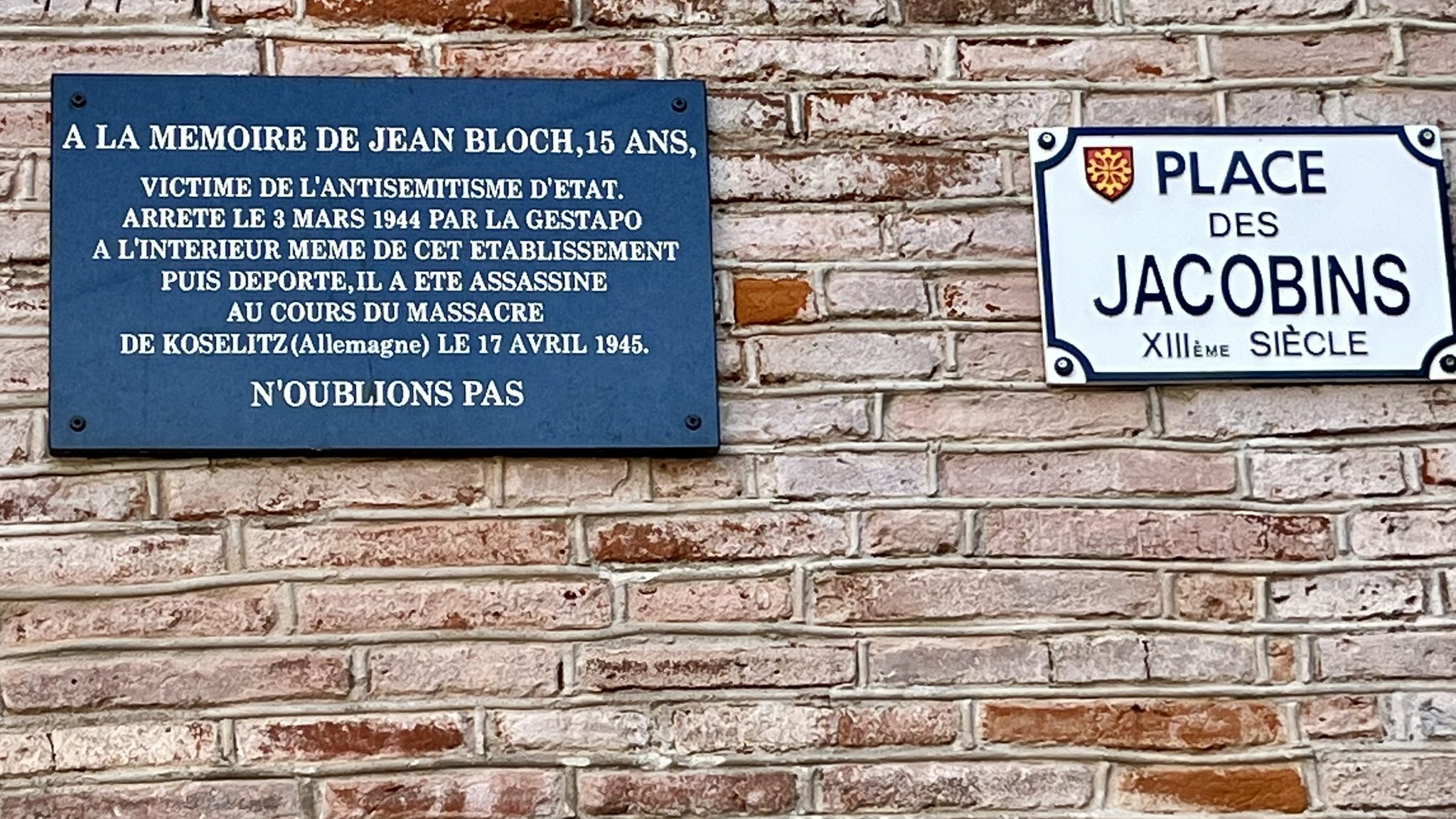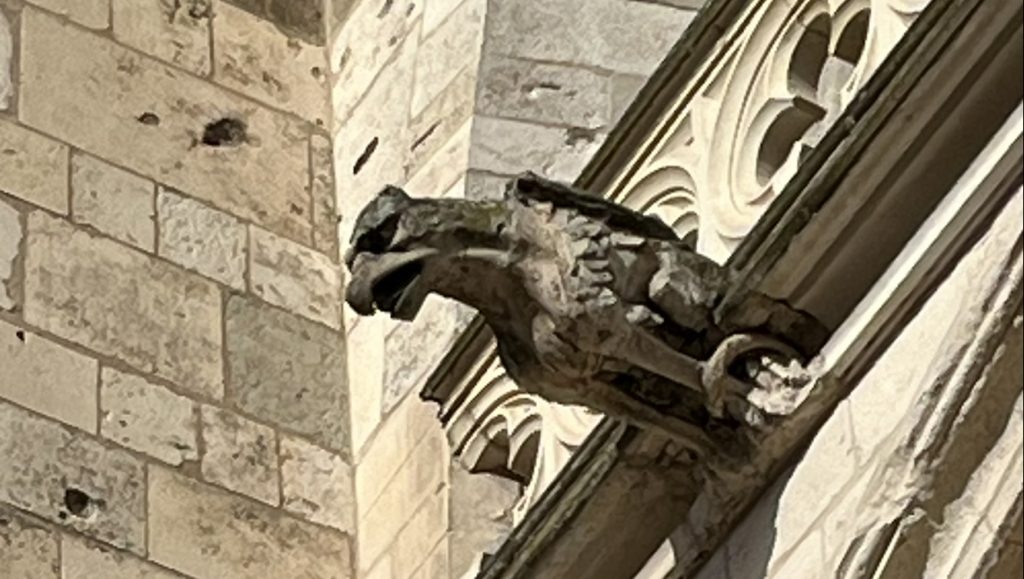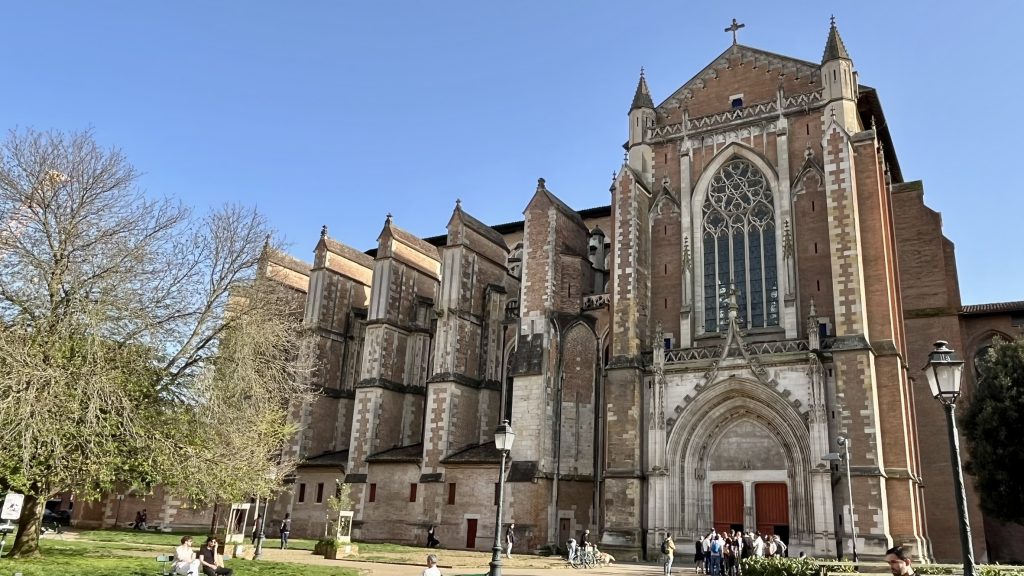Toulouse is a city in southern France. It is often referred to as La Ville Rose (The Pink City) due to the distinctive pinkish hue of many of its buildings that are constructed with terracotta bricks available in the region. Its historic Old Town is lined with cobblestone streets, hidden alleys, and grand mansions. Toulouse has a youthful vibe, because of its sizable student population. The University of Toulouse is a consortium of numerous institutions rather than a single university. Officially, it has over 130,000 students enrolled in various post-secondary member schools.
Historically, Toulouse played a significant role in the story of the Cathars during the 12th and 13th centuries. The Catholic Church viewed Cathars as heretics and in 1209, Pope Innocent III launched a crusade to eradicate it. Before and during the crusade, Toulouse provided protection and support to the Cathars. Eventually, all the Cathar strongholds including Toulouse fell to the crusaders. Most of the Cathars were killed and their properties were given to the crusaders, as promised by Pope Innocent III.
Additional photos of Toulouse:
Churches in Toulouse (March 2024)
Toulouse is a historically significant city with a rich Catholic heritage. In addition to its cathedral and basilicas, it has numerous chapels, parish churches, convents, monasteries and other religious buildings scattered throughout its neighborhoods. Not only are they centres of spiritual devotion, they are also architectural marvels.
The Basilica of Saint-Sermin was built in Romanesque style dating back in the 12th century while the Cathedral of Saint-Étienne is a mixture of Gothic and Romanesque style. The Church of the Jacobins was founded by the Dominican Order in the 13th century with its famous “palm tree” columns. The Order played an important role in preaching the Catholic’s orthodoxy, in contrast to the teaching of Catharism.
The Basilica Saint-Sernin, formerly an abbey, was first built in 1180. It is the largest remaining Romanesque building in Europe. The soaring tower, with five tiers, serves as a defining landmark in the city.
Le Couvent des Jacobins was the mother church of the Dominican Order whose members were preachers. They were based in Toulouse to combat the heresy of Christian Catharism in the 1200s. The church is also known for its unusual, high “palm tree” shaped column sustaining the roof. The relics of Saint Thomas Aquinas were transferred from Rome to here in 1368.
Cathédrale Saint-Étienne (Toulouse Cathedral) that seats the archbishop of Toulouse. The gothic-Romanesque structure went through numerous versions starting as early as the 3rd century. The cathedral is built of brick, like many churches in southern France, due to a lack of suitable stone. It features a majestic rose window and numerous side chapels and an ambulatory behind the high altar.
Notre Dame du Taur or Church of the Bull was built in the exact spot where the first bishop of Toulouse, St. Sermin was martyred in 250 ACE. Legend states that he was asked to sacrifice a bull in honor of the Roman Emperor. St. Semin refused. As a punishment, he was attached to a bull and ran down the steps of the capital and along this road and died.
Resource:
I recently discovered an excellent travel podcast called Join Us in France. In fact, in addition to the podcast, the website contains lots of useful information on topics such as driving, taking the train, day-trip recommendations, and much more. The creator, Annie, seems to have an encyclopedic knowledge of the country. Highly recommended. Check it out if you’re planning a trip to France.

























